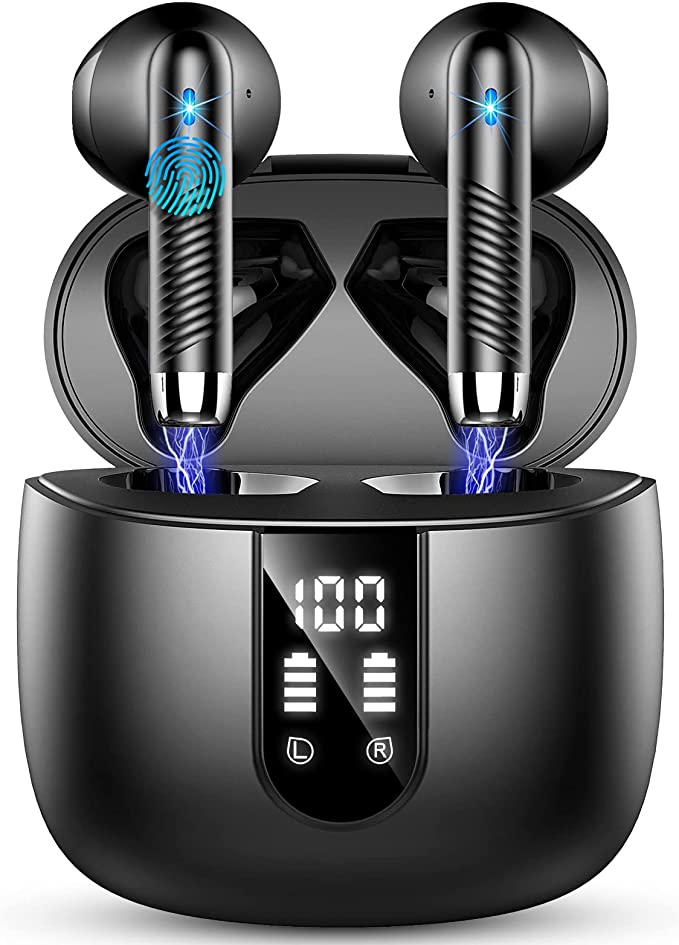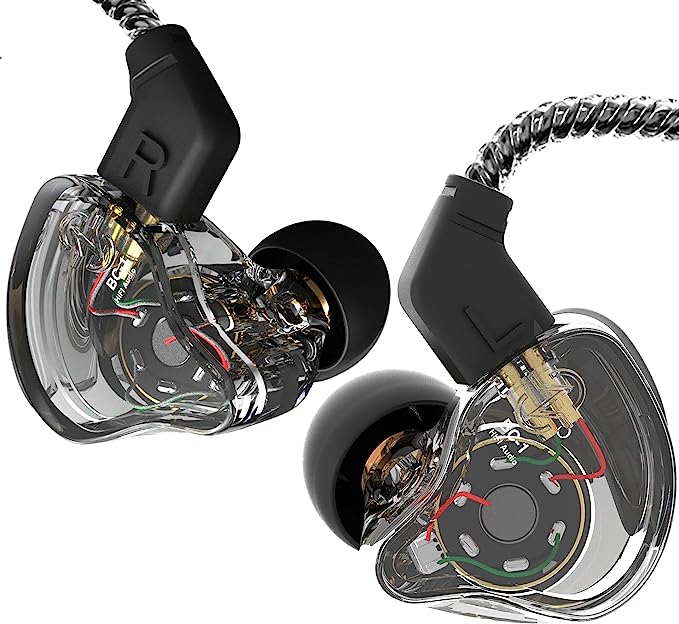Water is a creature of habit. Given the chance, it yearns for order, for the rigid, crystalline structure of ice. Its molecules, tiny V-shaped dipoles, are desperate to lock arms and form the hexagonal lattice that is their solid-state destiny. This creates a fundamental conflict in our kitchens. We, in our pursuit of the perfect frozen margarita or a silky-smooth frappé, do not want this unyielding block. We desire a state of controlled chaos: a glorious, drinkable suspension of countless microscopic ice crystals in a rich, flavorful syrup. To achieve this, we must wage a war on a molecular scale. We must learn to tame the unruly nature of ice.

Act I: The Molecular Dance of Freezing
To understand our adversary, we must first appreciate its methods. When you cool a glass of water, you are essentially slowing its molecules down. Think of it as a bustling ballroom where dancers zip around freely. As the temperature drops, the music slows, and the dancers begin to seek partners. At the freezing point, 0°C (32°F), they find their places and lock into the rigid formation of a crystal. This process doesn’t happen all at once. It begins at a “nucleation site”—a tiny impurity or a microscopic rough spot—and spreads outwards as more and more water molecules join the formation. If left unchecked, these crystals grow into large, jagged structures. The result in your glass is not slush, but a gritty, unpleasant collection of ice shards. Our goal, then, is not to prevent freezing, but to manage it. We want to encourage the birth of billions of tiny crystals while simultaneously preventing them from growing up.
Act II: The Sweet Rebellion of Solutes
So, if water is so determined to lock itself into this rigid crystal fortress, how do we possibly stop it? The answer, surprisingly, lies not in a stronger force, but in a clever act of subversion. We must send in the spies. In the world of chemistry, these spies are called “solutes,” and the most delicious among them is sugar.
This strategy is governed by one of chemistry’s most elegant principles: colligative properties. These are properties of solutions that depend only on the number of dissolved particles, not on their identity. Freezing point depression is a prime example. Let’s return to our molecular ballroom. Now, imagine you start inviting guests who don’t know the dance steps—these are our sugar molecules. They mingle on the dance floor, getting in the way, making it much harder for the water molecules to find each other and form their crystalline pairs. To overcome this disruption, the temperature of the room must be lowered even further.
This single principle is why the operational manuals for home slushie makers, such as the FOHERE 2021 model, insist that the liquid’s sugar content must exceed 5%. It’s not a matter of taste, but of physics. According to data from the Journal of Chemical Education, a 5% sucrose solution by mass lowers the freezing point of water to approximately -0.9°C. A 10% solution pushes it down to nearly -1.9°C. This lowered freezing point buys us precious time and a wider operational temperature window, allowing the magic of the machine to happen before the mixture freezes solid. This is the same reason a pinch of salt melts ice on your sidewalk, or why a shot of vodka can keep a sorbet silky smooth—both salt ions and alcohol molecules act as effective molecular obstacles.
Act III: The Modern Tamer – Engineering a Solution
Understanding this ‘sweet rebellion’ is half the battle. But knowledge alone doesn’t yield a margarita. How does a machine, a creature of gears and circuits, apply this subtle chemical principle? It does so by becoming both a patient conductor and a relentless sculptor of the cold.
Appliances built for this purpose initiate a two-pronged attack. The first is conduction: a built-in refrigeration system, operating on the same vapor-compression cycle as your kitchen refrigerator, begins to steadily and precisely remove heat from the mixing chamber. This is a controlled descent into the supercooled state, far more precise than simply throwing ice into a blender.
The second, and arguably more critical, action is sculpting. As the liquid chills and the first brave ice crystals begin to form, a slowly rotating auger or paddle swings into action. This constant, gentle motion is the ingenious solution to controlling crystal size. It accomplishes two things simultaneously. First, it ensures the entire mixture cools evenly. Second, it applies a continuous shear force, physically breaking apart any ice crystals that grow too large and preventing them from linking up into a gritty network. It is the difference between a sculptor’s fine chisel creating a masterpiece and a sledgehammer smashing a block of marble.

Conclusion: From Scientist to Sorcerer
The journey from a simple glass of juice to a perfect, café-quality slush is a testament to our ability to understand and manipulate the fundamental laws of nature. For centuries, this texture was a luxury. Today, technology has placed the tools of control into our hands. An appliance like a modern slushie machine is more than a convenience; it is a desktop physics laboratory. By understanding the principles of colligative properties and controlled crystallization, you transform from a simple operator into a culinary sorcerer. You are no longer just making a drink; you are conducting a molecular orchestra, commanding the very building blocks of matter to create a moment of pure, frozen delight.


